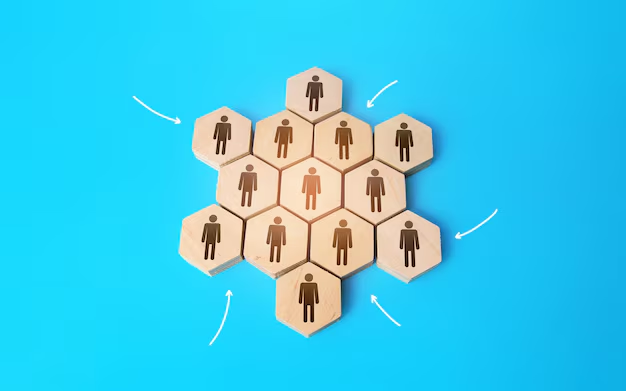Understanding the Meaning Behind Your Social Security Number
At first glance, your Social Security number (SSN) might seem like an arbitrary string of numbers. But did you know it holds specific significance? Here’s a breakdown of how these numbers are structured and what they reveal about you.
The Structure of a Social Security Number
An SSN is composed of nine digits, traditionally divided into three parts:
- Area Number: The first three digits.
- Group Number: The middle two digits.
- Serial Number: The last four digits.
Area Number: Originally, this section indicated the geographic region where the SSN was issued. Numbers started in the Northeast and moved westward. A unique fact is that after 1972, area numbers were assigned based on the ZIP code for the address on the Social Security card application.
Group Number: These two digits range from 01 to 99 and were initially used to break numbers into smaller blocks to help manage issuance. It’s worth noting that numbers aren’t assigned consecutively; instead, they follow an odd-even sequence.
Serial Number: This last set consists of four digits, running from 0001 to 9999. This part is mainly used to uniquely identify individuals with the same area and group numbers.
Why Understanding Your SSN Matters
The importance of this number transcends its initial purpose of tracking wages and benefits. It has become an unofficial identifier in many facets of life in the U.S. Understanding its components helps demystify its perceived randomness and shines a light on a piece of your personal history.
Moreover, since your SSN is often required for applications related to government aid and financial services, knowing its intricacies can guide you in managing your financial footprint. This is especially relevant when considering available support systems like government aid programs, which often require disclosure of your SSN for verification purposes.
Utilizing Your SSN for Financial and Educational Opportunities
While a Social Security number acts as an essential identification tool, it also serves as a gateway to numerous financial opportunities. Here’s how understanding and utilizing your SSN effectively can open doors:
Government Aid Programs
With programs like Social Security benefits, unemployment insurance, and Medicaid, a valid SSN is crucial for not only eligibility but also efficient processing.
Financial Assistance
If you’re considering debt relief or credit management, your SSN will play a pivotal role. Agencies often use it to assess your credit history and determine your eligibility for various relief options.
Educational Grants
Your SSN is required when applying for federal education grants such as Pell Grants. It helps institutions verify your identity and ensure compliance with financial aid terms.
Credit Card Solutions
When exploring credit card options, especially those offering favorable terms for balances and points, your SSN is vital. It helps in conducting a comprehensive credit check, ensuring you find the best card suited for your financial standing.
Exploring Opportunities with Confidence
Understanding your Social Security number is about more than mere digits. It's a key to unlocking financial well-being and accessing the resources necessary for a prosperous life.
Explore these opportunities to maximize your financial and educational potential:
- 💡 Social Security Benefits: For retirement, disability, and survivor benefits.
- 📚 Federal Education Grants: Offer support for students in need of financial assistance.
- 💰 Debt Relief Programs: Help manage or reduce existing debts.
- 🏥 Medicaid & Medicare: Ensure access to crucial health services.
- 💼 Unemployment Insurance: Provides temporary financial support.
- 💳 Credit Card Solutions: Tailored cards that offer cash-back, rewards, and balance transfers.
In conclusion, your Social Security number is more than an ID—it’s a springboard into a range of beneficial programs and services. Embrace this knowledge as you navigate through the pathways toward financial security and educational empowerment.

Related Topics
- a Social Security Card
- Are People On Social Security Getting $250
- Are Social Security Benefits Taxable
- Are Social Security Benefits Taxable Income
- Are Social Security Benefits Taxed
- Are Social Security Checks Late This Month
- Are Social Security Disability Benefits Taxable
- Are Social Security Earnings Taxable
- Are Social Security Numbers Recycled
- Are Social Security Numbers Reused